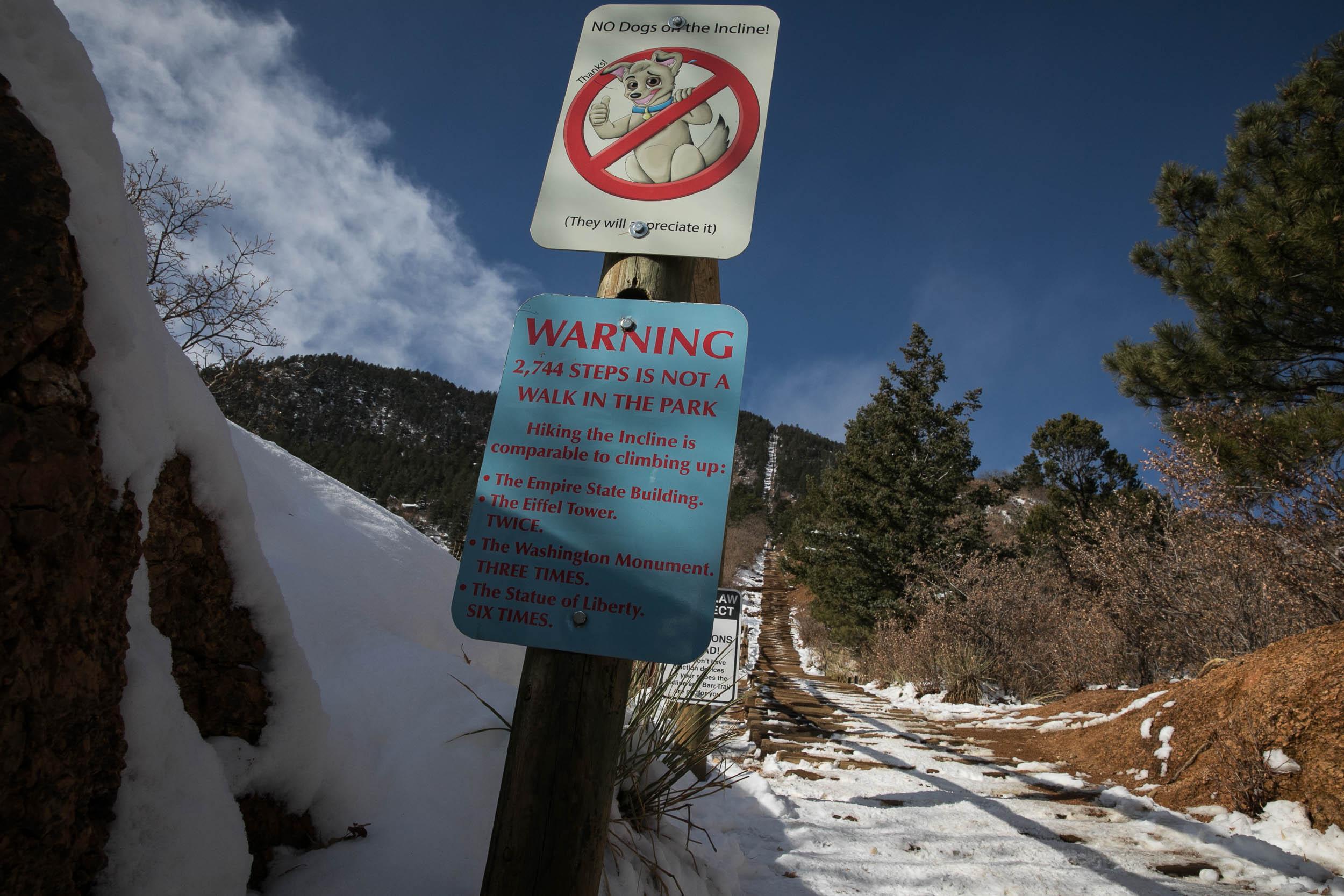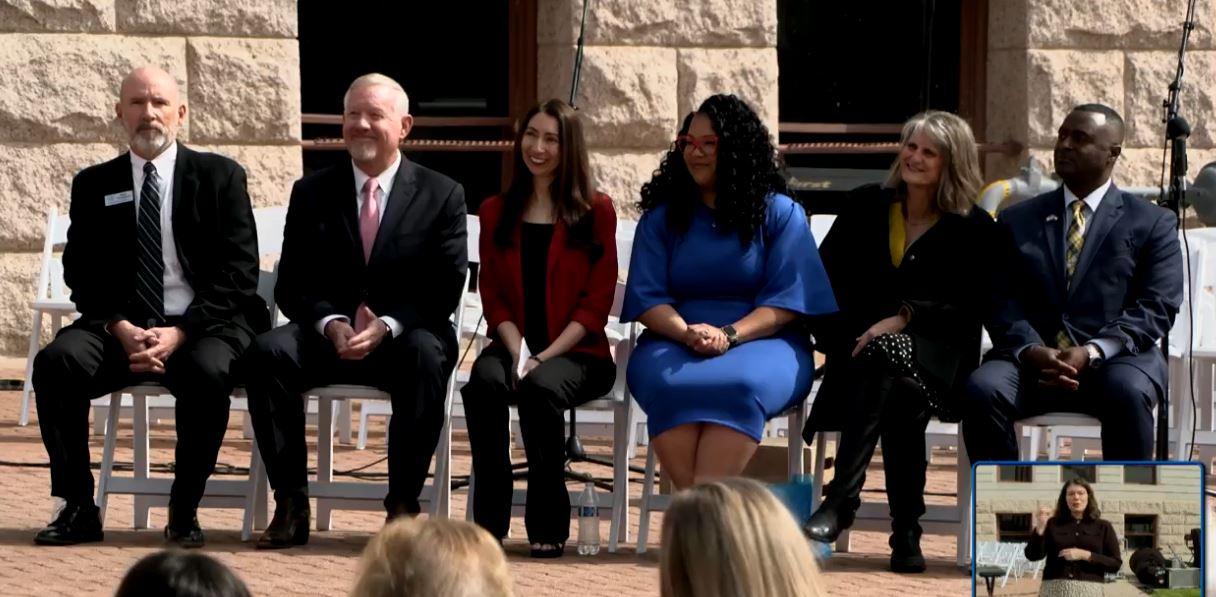
The sergeant in charge of the training academy at the Aurora Police Department spent a large part of his Thursday testimony talking about what Aurora officers are required to know and do, especially in dealing with suspects.
Aurora Police Sgt. Kevin Smyth testified on various protocols that officers are taught in dealing with suspects including those in respiratory distress and how to apply the carotid hold. The prosecution walked Smyth through PowerPoint slides that were used in the curriculum at the time. Both Randy Roedema and Jason Rosenblatt, who are on trial and charged in Elijah McClain’s death, were at the academy in 2017.
In effect, the prosecution was showing the jury the things that the officers are trained to do in situations where people struggle or when they say they can’t breathe, drawing lines to what was done — or not — that night in the forcible arrest of McClain and whether the two officers were following protocol.
The first slide read, MYTH: “If you can talk, you can breathe.” Smyth said it’s a pervasive phrase used by coaches, doctors and even law enforcement.
“We're addressing it because it can actually create a situation where an officer is blind to certain signs if they truly believe this is true,” Smyth said. “It actually requires more than just the components of what it takes to talk. And so we teach about three separate things that are required for breathing. And the purpose of that is to show that a person could actually be talking but still have an issue with respiration.”
Smyth said trainings bring up this phrase so officers have an understanding of not to be disarmed because someone is still talking.
“It takes an open and unobstructed airway. I have to have the ability to move stuff in and out. I have to have the mechanical articulation of the chest, the lungs have to be able to feel and then I also have to have gas exchange,” Smyth explained.
He added that officers are not trained to make diagnoses. They are trained to recognize physical, psychological, and behavioral cues in order to make a plan to get a person help as fast as possible.
The prosecution and defense spent a large part of Thursday asking Smyth about the use of the carotid hold. The officers used the hold on McClain twice as they attempted to subdue him. McClain briefly passed out and vomited several times, including into the mask he was wearing as he was walking home on Aug. 24. 2019.
Carotid hold restricts the blood flow of the brain causing a person to lose consciousness. That hold is now prohibited across Colorado after the state legislature passed a police reform bill in the wake of the racial justice and police brutality protests in the summer of 2020.
Out of the 130 to 140 hours of the arrest control curriculum at the training academy, six hours were dedicated to the carotid hold in 2019 training, according to Smyth. Compared to other individual techniques, cadets spent the most time on that particular hold.
Smyth explained that trainees are told to avoid applying the hold repeatedly on the same person. He said it takes an average person 5 to 15 seconds to go unconscious and 20 to 30 seconds to regain consciousness.
“So, once they come back to consciousness, we want to kind of start a little timer and say, hey, if they're not coherent, if they're not answering questions, if they're not appearing normal in that 30 seconds, then it's a medical emergency,” Smyth said. “We need to update rescue and provide first aid if we need to.”
McClain was not given medical attention by the officers that night. He died at the hospital several days after his encounter with Aurora police.
Other witnesses
UCHealth registered nurse Andrea Libhart spoke about drawing blood from McClain the night he arrived at the hospital.
NMS Labs forensic toxicologist Michael Lamb testified as an expert in toxicology in testing and results. He tested McClain’s blood for the presence of ketamine. The defense presented a study from the American Journal of Emergency Medicine that an anesthetic dose of ketamine is between 4-6 milligrams per kilogram.
Lamb said he calculated 7.7 milligrams per kilogram in McClain based on his body weight — which is more than the recommended dose.
The toxicology report also found 14 nanograms per milliliter of Delta 9 THC, 31 nanograms per milliliter of Delta-carboxy THC, and 4.9 milliliters of 11 hydroxy Delta-THC in McClain. Lamb said he couldn't make an appropriate opinion on the concentration of marijuana that would equal impairment.
“We do not have enough evidence to assign a number to any sort of specific signs or symptoms that someone would be experiencing under the influence of marijuana,” Lamb said.
The defense closed out the day cross-examining Paula Hull, who was the City of Aurora 911 dispatcher on the night McClain was violently arrested.
Editor's note: This story has been corrected to reflect Elijah McClain's condition after being placed in a carotid hold.








